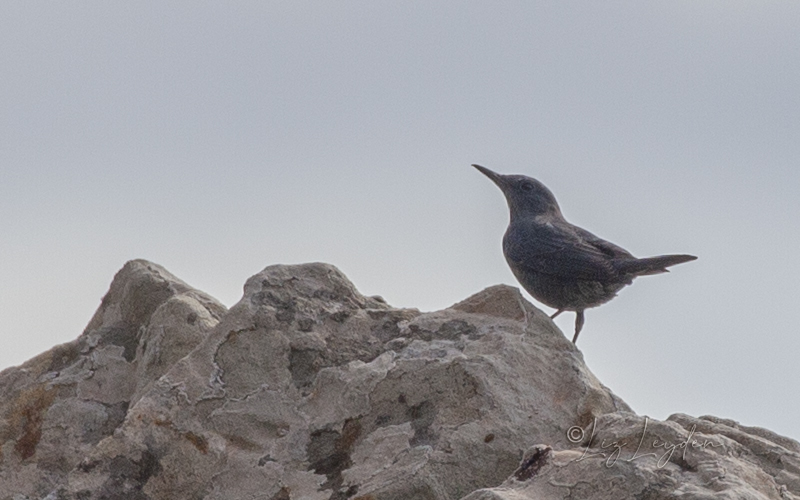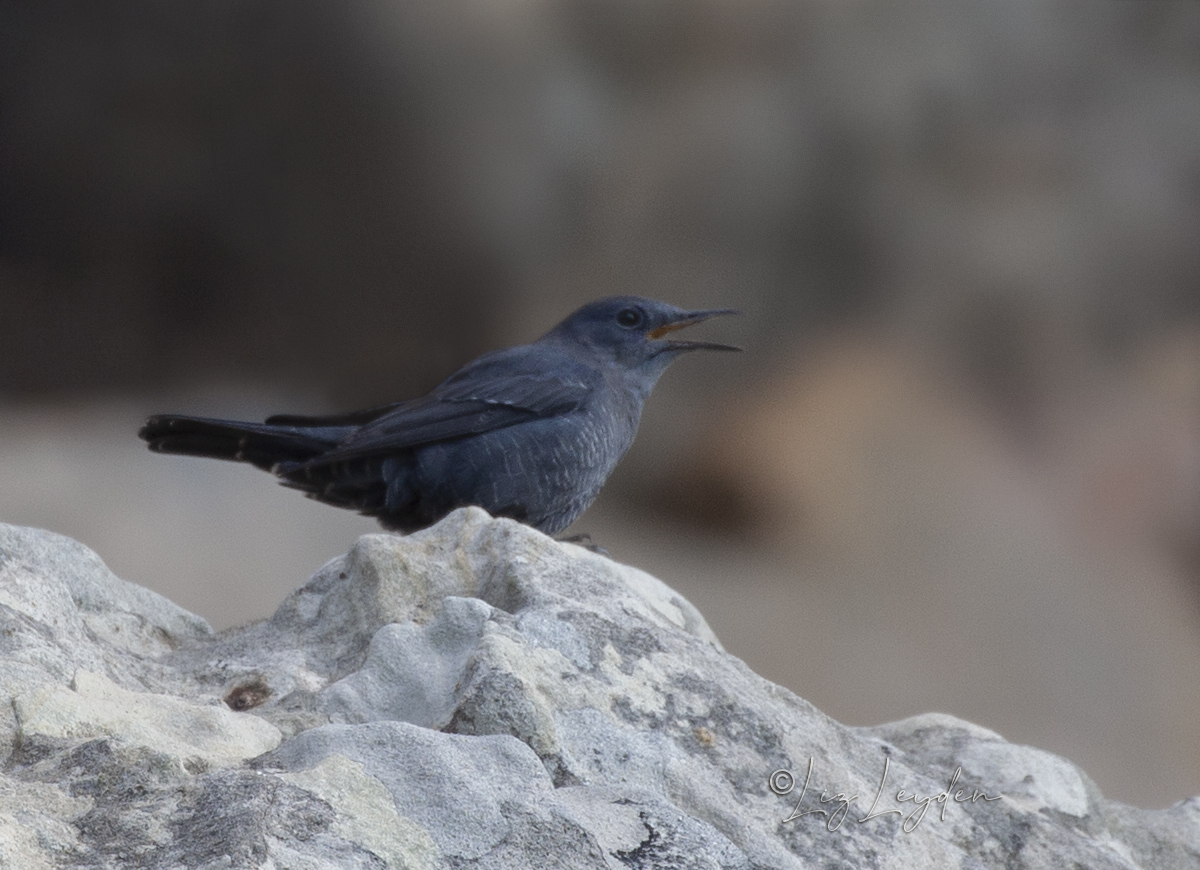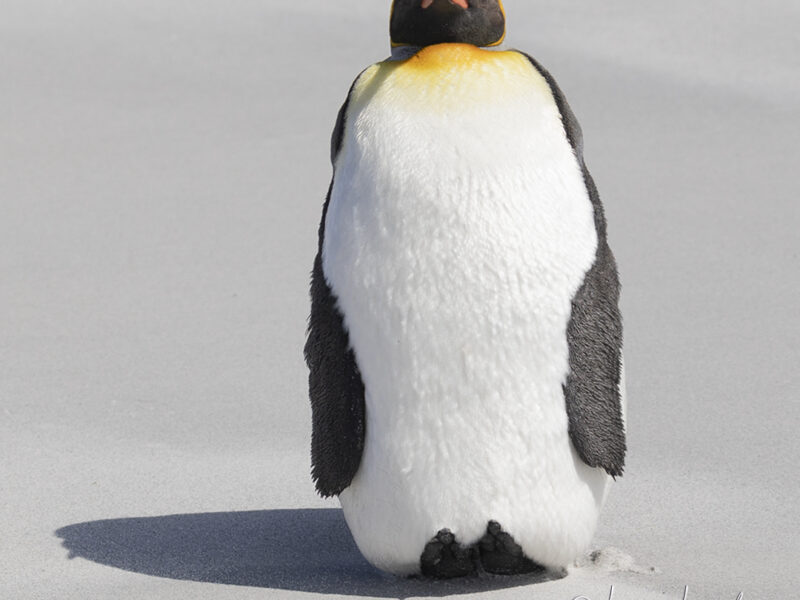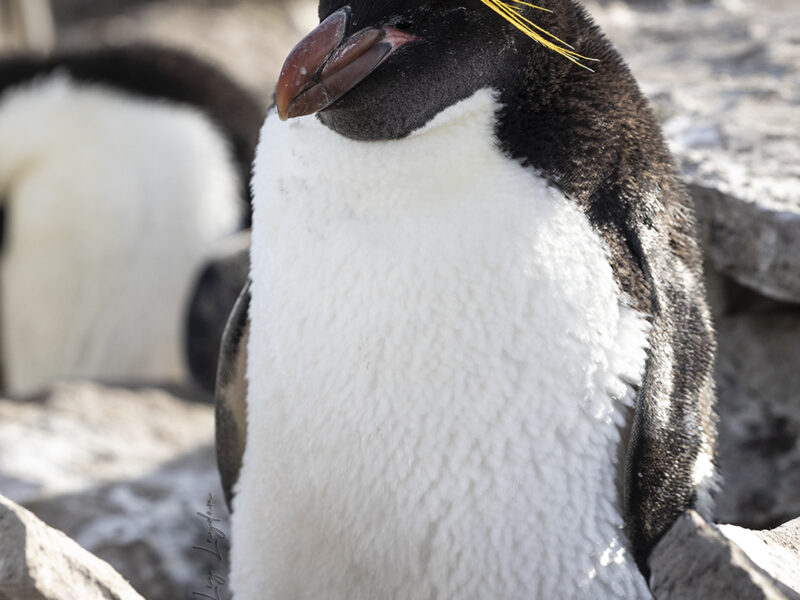A Blue Rock Thrush, Monticola solitarius, standing on a rock near the vulture colony at La Zarga in Sierra de la Plata, near Bolonia in Cádiz Province, Andalucía, southern Spain.
I have a history with Blue Rock Thrushes! (Don’t read the next paragraph if you’re squeamish!)
Many years ago, when making my first birding forays abroad, my husband and I went to Majorca, as most UK birders did for their first foreign birding trip. On one of the visits, my target bird was the Blue Rock Thrush, and although we had gone to the Boquer Valley, which in the days before the Internet had a good reputation for birders seeing them, a few times, we hadn’t been successful. One evening, I ate about a quarter of a meal which tasted ‘off’ to me. I was up and down to the loo all through the night, and the next morning I was wrung out. Strangely, Duncan had somehow slept through all the disturbance I’d caused, and didn’t realise how weak I was feeling. So we set off, and suddenly I saw a Blue Rock Thrush fairly nearby, sat down on a rock and said, weakly, “There’s a Blue Rock Thrush”, which is when he realised how sick I was, as normally I’d have been really excited to find a target bird, especially one so good looking.

Blue Rock Thrushes resemble Blackbirds (but with a slimmer beak), and were formerly placed in the Thrush family, Turdidae, but new analysis has shown them to be more closely related to Old World Flycatchers, and they are now in the Muscicapidae family. (This photo was taken against the light, but I wanted to show it as it illustrates its typical tail-cocking stance.)
They are nowadays considered as chats, and belong to the Monticola family, from the Latin word for a mountain-dweller or mountaineer. This family comprises several species of Rock ‘Thrushes’. True to the mountain-dweller epithet, it nests in cavities in rock ledges or walls.
Both photos are copyright © Liz Leyden. All rights reserved.


